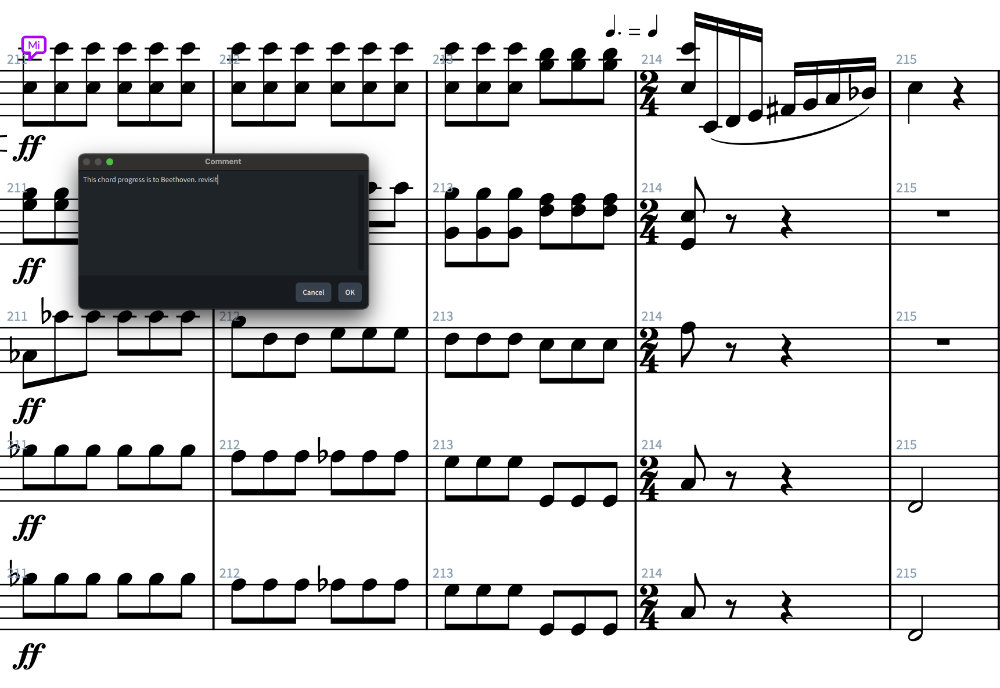Another productive week on the finale of my Fourth Symphony—and for the first time in a while, I feel like I’m truly back on schedule. My goal was to reach the halfway point by the end of June, and I’m now at the last major variation before that point.
To get started on the March variation where I left off the previous week, I reviewed my notes on this section of Beethoven’s Eroica finale and revisited Hindemith’s March from Symphonic Metamorphosis of Themes by Carl Maria von Weber. Listening to that piece helped jump-start my thinking, especially as I worked to find a melody I genuinely liked. Once I got close, everything began to come together quickly.
I experimented with several chord progressions, gradually moving away from traditional functional harmony and leaning more into Hindemith’s intervallic logic. I had two different options for how to end the march and ultimately decided to use both—expanding the ending into a longer transition that leads more naturally into the next variation.
After my initial draft, I started hearing a snare drum line in my head—likely a leftover echo from Hindemith’s Metamorphosis. So I took some time to sketch out the percussion parts, which helped bring the march to life.
A Tipsy Waltz and Twisted Time
The next two short variations serve mainly as transitions to the second fugue, but I wanted them to have a distinct character of their own.

I used a 2/4 version of the main melody instead of the original 5/8, and when I added the accompaniment, I started to hear it as a kind of crooked waltz. That got me thinking about how I’ve already played with rhythm and meter elsewhere in the piece—like in the first movement, where I stretched a trio of eighth notes into four. This time, I compressed three into two.

This time, I compressed three into two.
The result? Three pulses, unevenly spaced. It’s not a traditional waltz—it’s more of a tipsy one. But I liked how the pieces clicked: melody in 2/4, accompaniment leaning into lopsided 3/4. The contrast made it work.
Transitioning the Second Fugue
The second short variation still feels uncertain. The violin line uses fast sixteenth notes to push into the next section, but I’m wondering if long notes might sound better. That said, the sixteenths help build energy toward the fugue, so for now I’m going to leave it and move forward. I added a reminder in the score to revisit it later and won’t let it slow me down.
The second fugue subject is an inverted version of the first—following Beethoven’s model. I jotted it down before wrapping up for the week.
I managed to finish all of this by Thursday, which was lucky, because I had a few home improvement projects to tackle over the weekend. Getting ahead early gave me the flexibility to shift gears and still feel like the music is moving forward.



